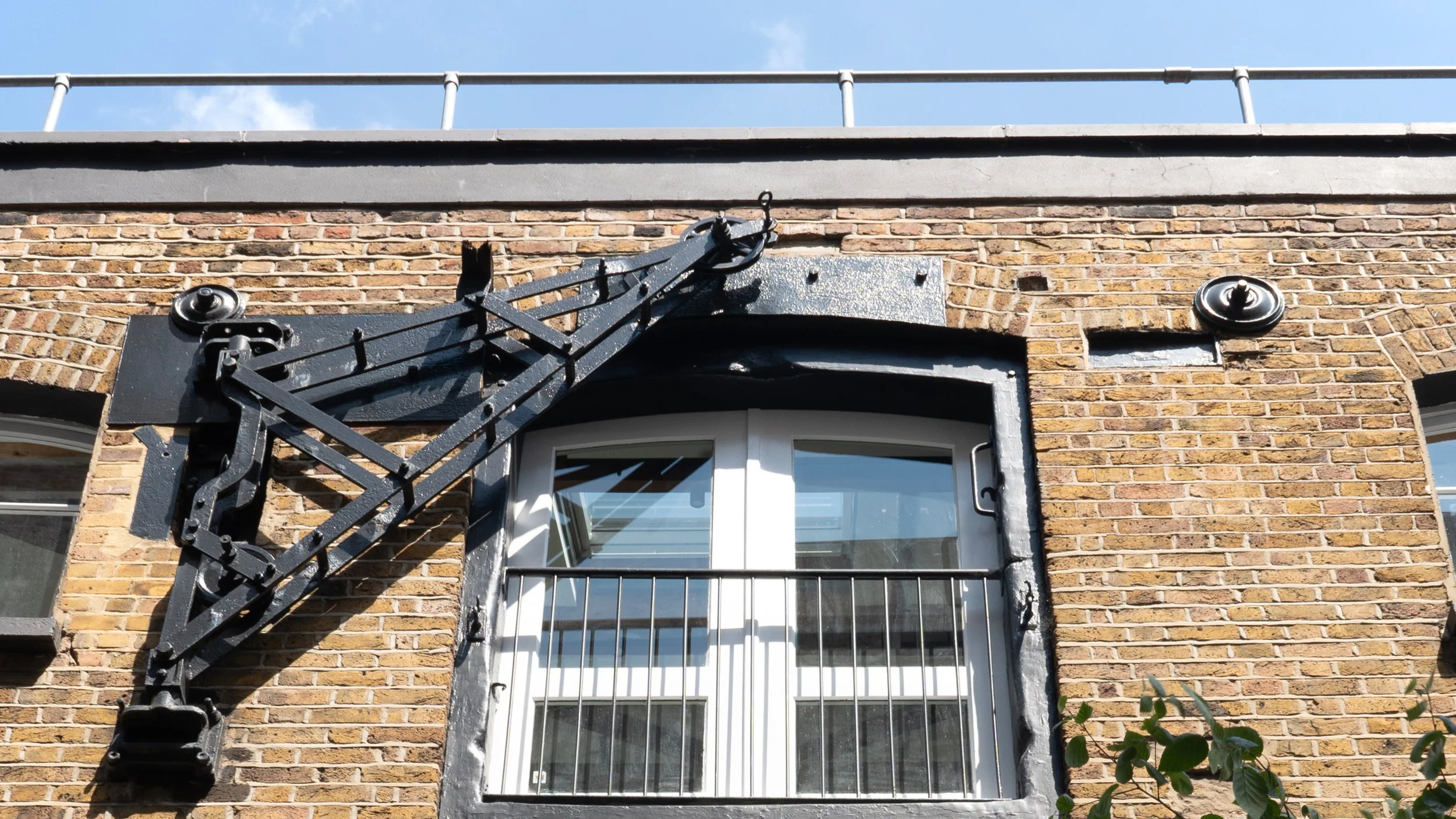How to transform old offices into thriving workspaces
Weston Street: breathing new life into two warehouse office spaces in London Bridge
An obvious result of changing work patterns post covid is there’s now more empty office space than ever. This has been exacerbated by sluggish growth in the economy, and a period of pause, ‘waiting to see’ with the prospect of a change in direction from a new government - now passed.
According to CNN, in late 2023, London was suffering an office ‘rental recession’ with the share of empty space hitting its highest in three decades. The same article states that Canary Wharf has the highest rate of vacant space at 20% and in the City of London it’s around 10%.
These figures represent the tip of a trend toward a huge change in the types of office space that the market now wants to rent. The top and bottom ends of the market seem to be more stable and the middle is having real trouble. The reasons are probably threefold: those top and bottom ends of the market are smaller, those who are willing to pay can get something special with plenty of ‘extras’ to entice their tenants, and at the bottom end, there is an almost constant shortage in supply of affordable workspace.
The middle of the market has historically been easy to move and always in demand - now suddenly it doesn’t have enough oomph to attract a more demanding and picky customer. When once a landlord could sit back and let any old tired space for sometimes eye watering prices, those days are now well and truly over.
There’s no doubt that the pre-pandemic business as usual is never coming back. And, as someone who enjoys the benefits from working from home as well as in a workspace I can see why. Although some businesses have tried to go back to the old ways, enticing their staff with perks and a greater workspace offer. Hybrid working is here to stay, and rightly so.
New kitchen joinery at Weston Street
The dilemma of those mid-market owners and landlords is:
- to spend to improve, but how to ensure the investment is worthwhile?
- to stick and keep what you’ve got and risk a lower return in a slow market
- or to convert to another use?
….Or can you have your cake and eat it?
We think so, well at least partially. As office and workspace architects we believe that through inventive design and careful consideration these tired spaces can be optimised to create a new flexible offer which stands out from the rest of the mid market. How:
Create something with it’s own identity, sure this might turn off a small part of the market but the ones who want it, will really want it
Create something that is flexible, it can be let in the traditional sense (floor by floor etc) or can be sliced into a collection of co-working, studio space, hot desking etc. It shouldn’t be one size fits all
Make it sustainable, because it’s good. But, it will also attract more potential suitors. There may also be saving in imaginative reuse of existing features, materials etc.
Create social spaces, communal spaces, shared meeting rooms etc. which add extra flexibility
offer more practical stuff too (additional secure bike parking for example, or outdoor space)
There won’t be one single solution which fits all scenarios, and an office and workspace architect can help to make each project specific to the type of space, location and target market - but, through clever imaginative design, selective re-use and thoughtful adaptation tired ‘offices’ can be transformed into vibrant workspaces. Workspaces that can be let in multiple ways. And, it can be done in a way that doesn’t risk everything on the demand and price per sq foot being suddenly improved. But does protect the asset and give it the best possible chance of being used and profitable.
There are plenty of other benefits too, whilst the works are ongoing the fire and accessibility, security and energy performance can also be upgraded, meaning that the building will be protected and enhanced for longer - and all can be managed and done in a way that doesn’t take too long.
Further reading

